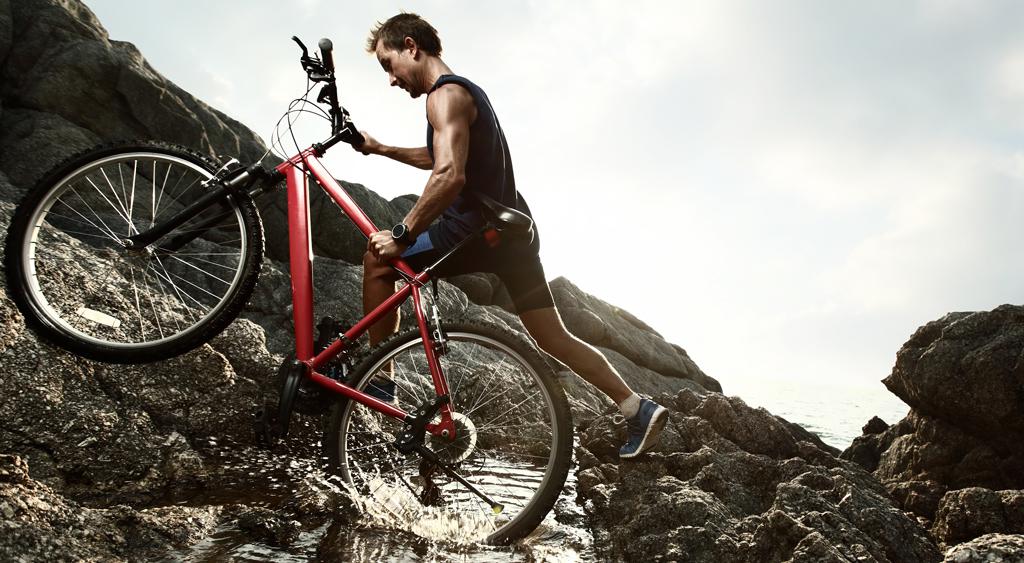Why Hydration is Important + Tasty low-cal ways to flavor your H2O
Anyone who’s ever tried to lose weight knows they need to keep their water bottle close by. One of the easiest ways to shed pounds is to cut out unnecessary calories, especially those from beverages that rack up calories from sugar. While the amount of water you should drink daily varies across different research, we do know that H2O is crucial for optimal bodily function—and a favorite beverage of health-conscious individuals. (Star Jennifer Lawrence loves water so much, she recently got “H2O” tattooed on her hand!)
You need water in order for all of your organs to function properly, from flushing harmful toxins out of the body, to keeping your throat and nose moist, to making sure your brain is running at full capacity. It accounts for 60 percent of your body’s weight! When you’re dehydrated, you may think you’re hungry when you’re actually thirsty, experience headaches, feel tired, irritable, or be unable to focus.
According to MayoClinic.org, the Institute of Medicine suggests adequate intake for men is roughly about 13 cups (3 liters) of total beverages a day and 9 cups (2.2 liters) of total beverages a day for women. That notion you’ve heard to drink “8 cups of water a day” accounts for 1.9 liters, close to the recommendation for women.
If you’ve successfully lost weight in the past, you probably relied on water as your main beverage to get you through some hungry moments or when you felt tired. Sometimes when we think we’re hungry, we’re actually thirsty. If you think you’re hungry and it’s in between meal times, have a big glass of water and then wait 15 minutes or so to see if what you were feeling is truly hunger or was just thirst. If you find that you were truly hungry, go ahead and have a small nutritious snack.
Ramp Up Fluids Before and After Exercise
To compensate for fluid lost during your workout, it’s a good idea to drink an extra 1.5 to 2.5 cups of water for brief bouts of exercise, and increasing fluid intake (sometimes with sodium-enhanced beverages) for intense training that lasts an hour or more. To help you determine the amount of fluid you lose during exercise, consider weighing yourself before and after exercise. For each pound lost during activity, drink 24 ounces of fluid. If your body weight increase, you may have overhydrated and should drink less fluid in future exercise sessions.
Low-Calorie Ways to Flavor Water
When the thought of drinking another glass of plain water gives you a case of the “blahs,” consider these add-ins:
- Cucumber slices: Let them sit in a pitcher of water overnight and strain in the morning for water that tastes like you’re in a spa. You can also do this with fresh fruit like watermelon, strawberries, and oranges—add any fruit like you would to sangria, just skip the wine!
- Squeeze lemon or lime juice into your glass
- Add splashes of fruit juice (just be sure to measure it out and track the calories)
- Add sprigs of fresh spearmint to water or sparkling water
- Drink decaf tea or coffee
- Make decaf iced tea
SOURCES
Water: How much should you drink every day? || mayoclinic.org
How to Hydrate Before, During, and After a Workout || active.com




